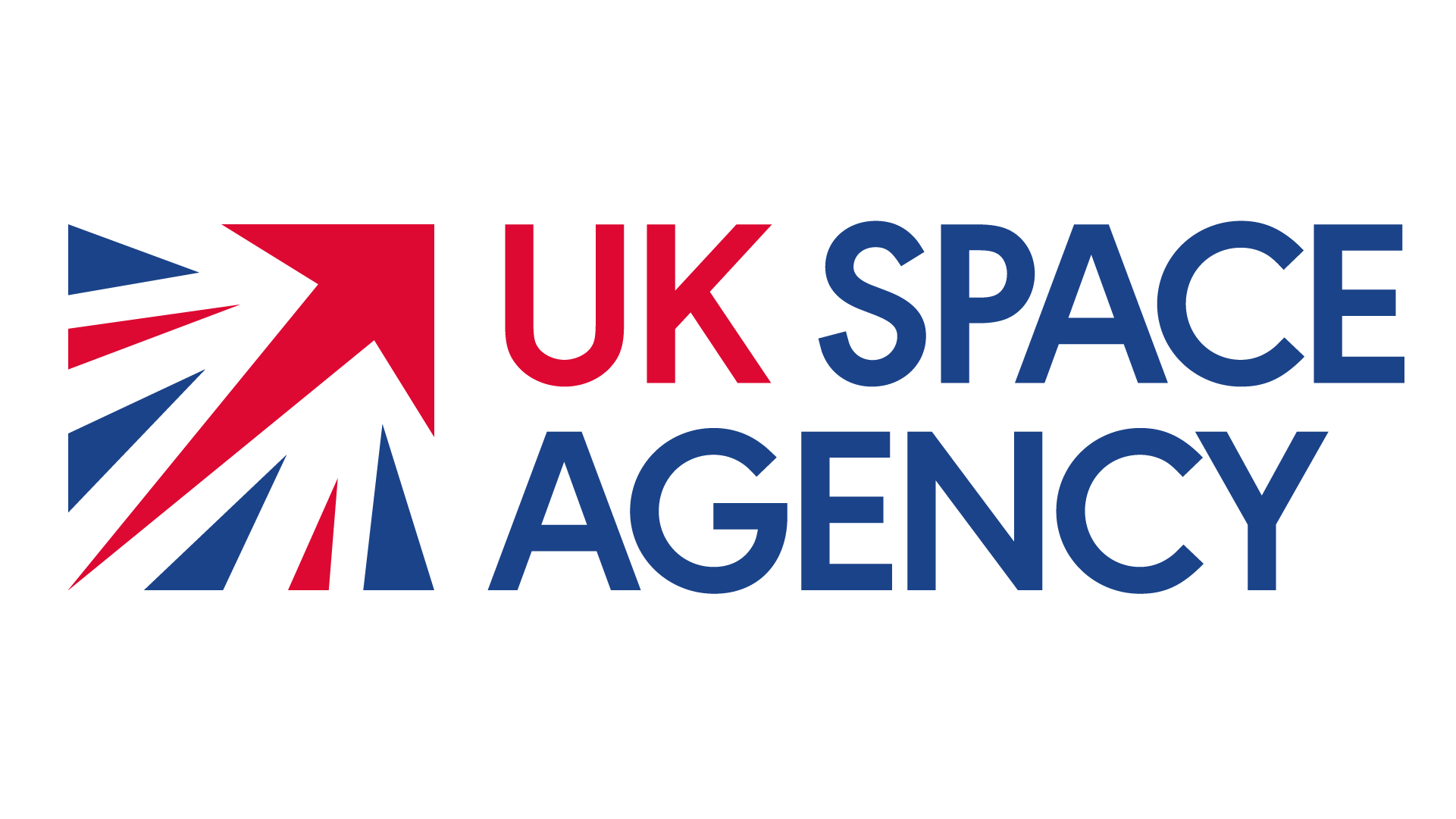Notice
FAQ following Ground Station Innovation Webinar
Updated 23 May 2025
| Question | Answer |
|---|---|
| 1. What is the approximate project duration you are looking for? | We are open to different project lengths depending on the proposed activity. Projects are often two years in length but there is no specific minimum or maximum length. If successful, the project length will be discussed as part of the ESA/UKSA application process. |
| 2. The call guidance states that there is a €10 million envelope but also that the UK Space Agency is planning for 5 projects of €2 million as a baseline. Is this a guideline or will it be part of assessment? | We are expecting to fund around 5 projects of around €2 million. However, this is just a baseline, there is no minimum or maximum value for the project (within the envelope of the call). |
| 3. What level of depth are you looking for in the application regarding the commercial aspects of the project? | We are looking for an understanding of what your market is, what your competitors are doing in that area and how you would compete with your competition. We are also looking to understand the market size including your target accessible market, total accessible market, and serviceable addressable market. |
| 4. Are quantum technologies in scope for this call? | We will consider quantum technologies related to ground segment activity. |
| 5. Does existing engagement with UK MoD and NATO innovation funding schemes preclude an application from submitting an application to the Ground Station Innovation funding call? | This does not preclude submitting an application. However, we will not fund the same activity as other parts of UK Government. Applications for this call will also need to demonstrate a focus on civil use outcomes. |
| 6. What defines an SME/Large enterprise? | We follow the European Space Agency definitions for SME and Large Enterprise which can be accessed on the ESA website. |
| 7. Does the successful proposal get exclusive access to the ground station or will the ground station be shared with other projects? | We are looking to develop commercial products or services. If your application is successful in getting to contract with ESA, there are terms and conditions in the contract which allow access on a commercial basis. Therefore, access would be on a negotiated basis. |
| 8. What type of satellites is this call targeting? | While we have a priority towards LEO, we will consider supporting MEO, GEO, and deep space satellites. |
| 9. What is expected in terms of hardware and software deliverables to ESA? | We expect hardware and software deliverables to be in line with what is proposed in your application and agreed at the contract stage. Once your project has started you are able to request a waiver of delivery. |
| 10. Are requests for funding for ‘Follow On Activities’ for existing GSTP programmes acceptable, or does the EOI have to be standalone? | This is a call for activities within the ESA ARTES programme with proposals assessed against different criteria than GSTP. While you can reference the fact that you have completed some work in a GSTP programme, you would not be able to submit a CCN for a GSTP programme through this current call. We would consider applications where it is a standalone activity that references some of the progress made in a GSTP activity. |
| 11. Is a non-incubated spin-out eligible for the outline stage? | We welcome proposals from companies in all stages of their development, but you need to be a legal UK entity and demonstrate that you would fulfil the match funding requirements. |
| 12. Is the scope of this call restricted to non-user terminal ground stations? | While the call is open as to technology type, we do require applicants to be able to demonstrate how the project will improve ground station satellite gateway technologies and services. |
| 13. What is the funding ratio for a UK university partner? | Where they are a partner, universities are eligible for up to 100% funding. However, this is limited to 30% of the overall project cost. |
| 14. Is it possible to issue multiple EOIs per company for this funding call? | Yes, each company can submit multiple EOIs. |
| 15. In terms of intellectual property does ownership remain with the company? | If you are developing IP within the contract, you get to own that IP. However, there will be a preferential licence clause included within the general conditions of the contract. |
| 16. What proportion of the project budget can be allocated to a fully-paid commercial subcontractor organisation? | The percentage of funding allocated to a subcontractor is evaluated during the tender evaluation process but subcontractors are still subject to the match funding levels set out in the call criteria. |
| 17. What is the TRL for AGILE+ project? | The starting TRL typically needs to be at least 2-3 to demonstrate that you have a credible basis for what you are proposing, and we can take it up to TRL 9. So, there is no limit to the overall TRL in either funding approach for AGILE+. Descriptions of the TRLs can be accessed on the ESA website. |

